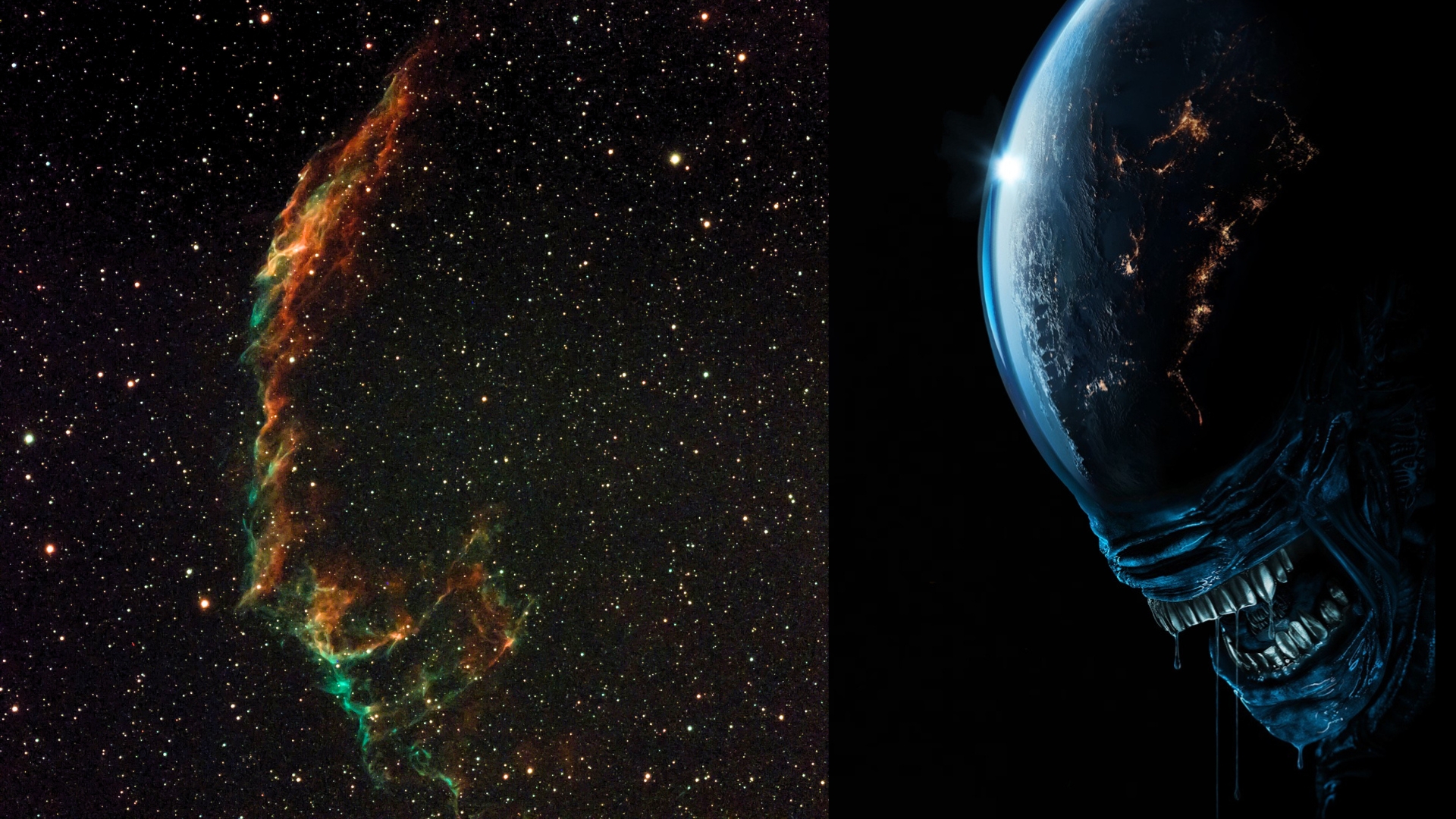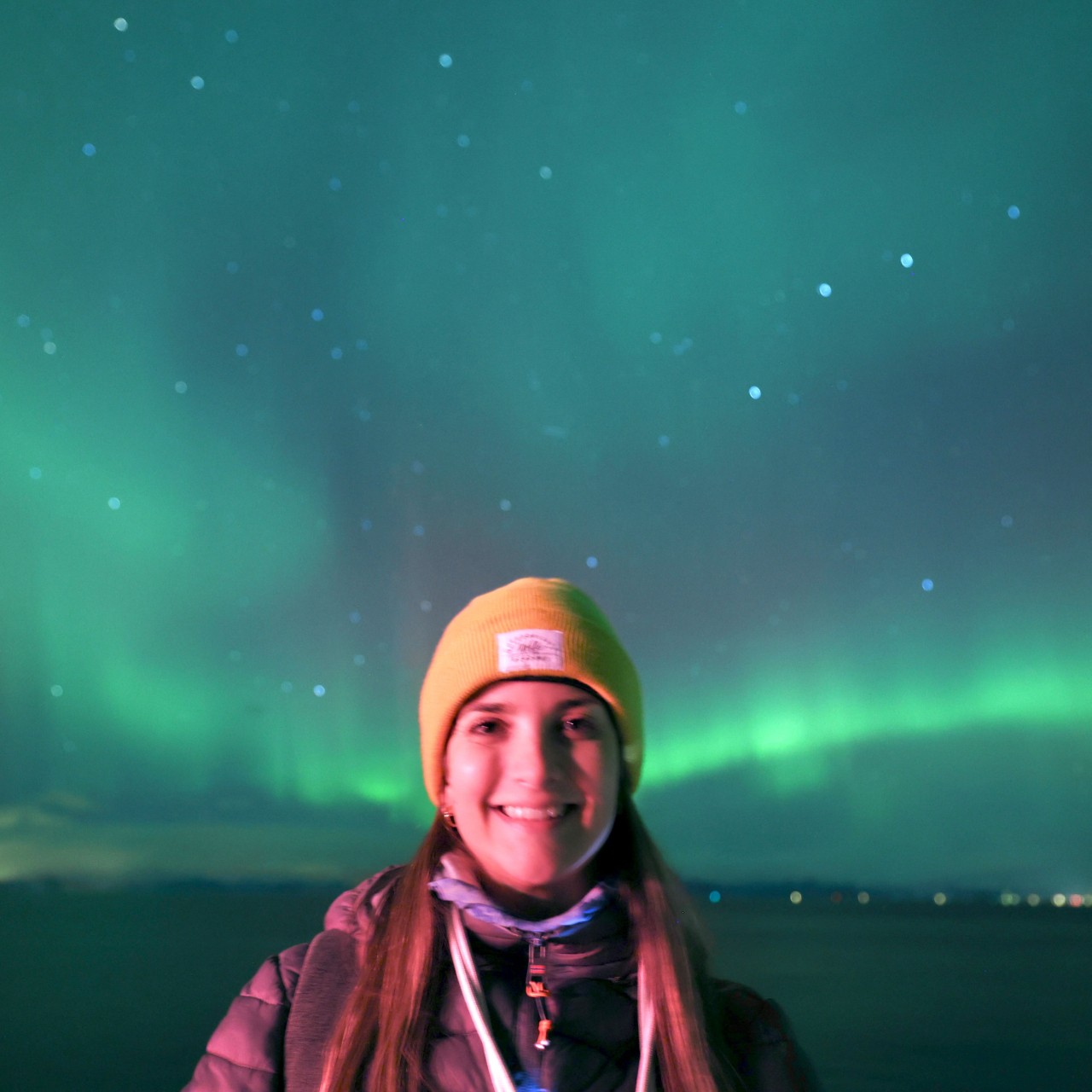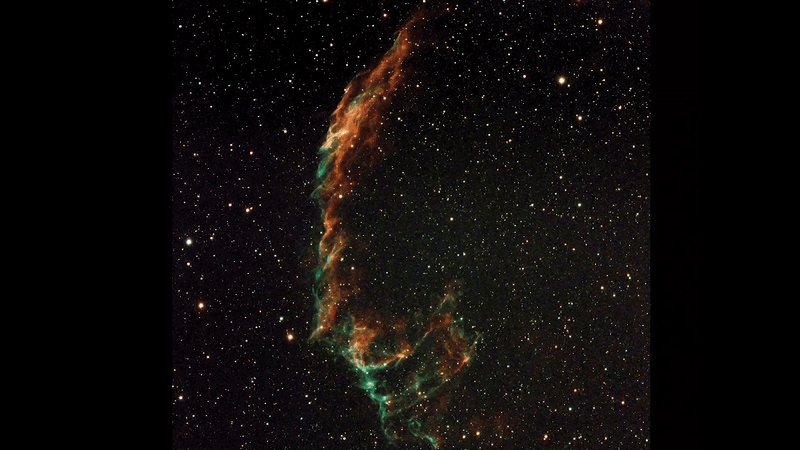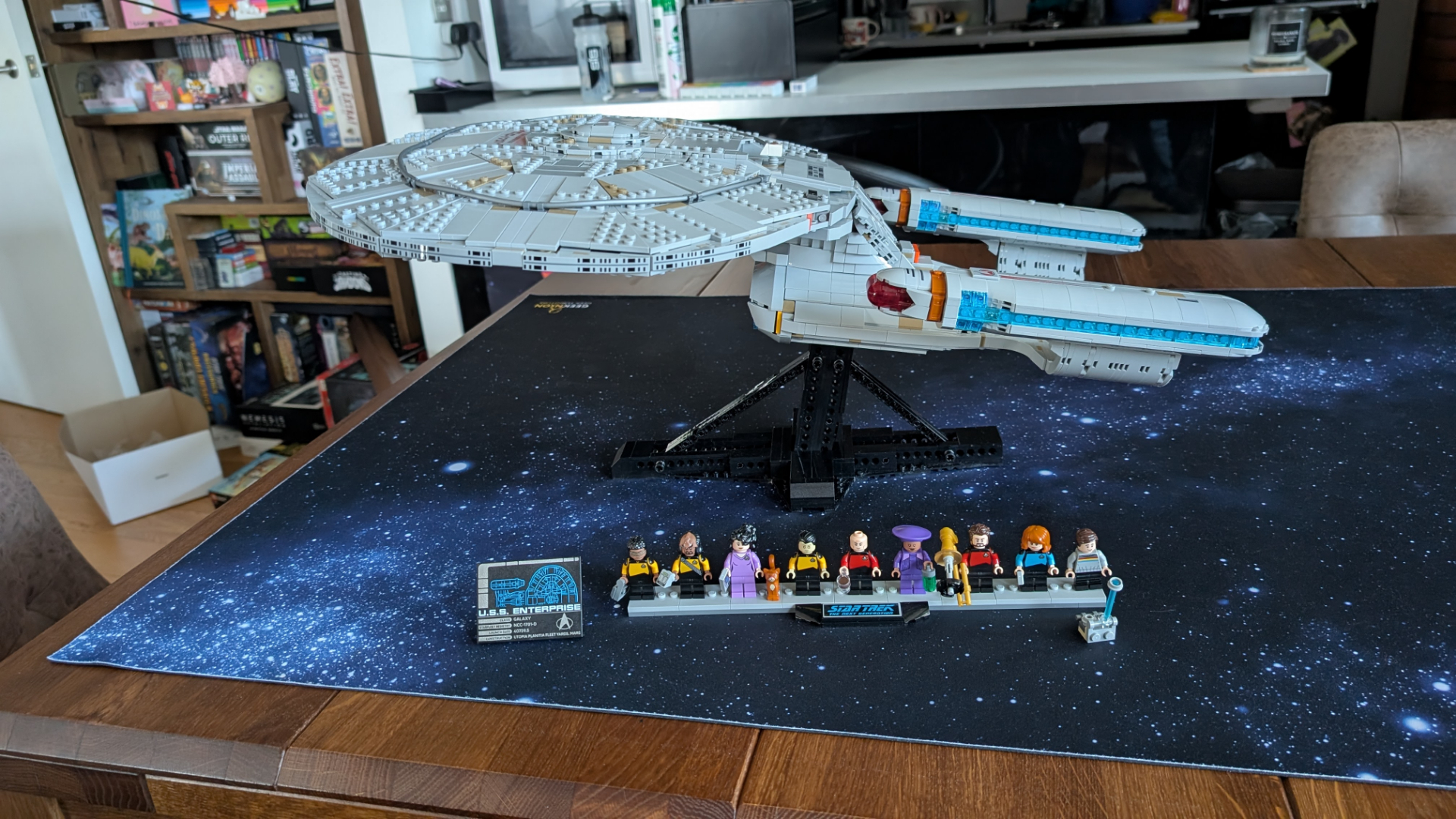I tried to image the Veil Nebula but accidentally got an 'Alien' Xenomorph (photo)
As 'Alien: Earth' hits screens, the night sky delivers a cameo from the franchise's iconic villain.

When I aimed my Vaonis Vespera Pro smart telescope at the Eastern Veil Nebula, the last thing I expected was to be greeted by an eerie figure resembling a Xenomorph from "Alien".
Using a dual-band filter to mitigate light pollution and the glare of August's full moon I carried out observations on Aug. 8 and Aug. 12, totalling about 1.5 hours. The resulting stacked JPEG reveals delicate tendrils of gas, when viewed just right, strikingly reminiscent of the franchise's iconic villain.
The Veil Nebula, located about 2,400 light-years away in the constellation Cygnus, is the visible portion of that larger Cygnus Loop, a vast supernova remnant created by the explosion of a star about 20 times the mass of the sun, some 10,000 years ago, according to NASA.
The eastern section (cataloged as NGC 6992) glows with ionized oxygen and hydrogen in sweeping arcs, a striking view of stellar debris still expanding thousands of years after the star's death. The dual-band filter highlights these emissions, revealing fine threads and knots of gas against the background stars.
With all the buzz around the new Alien: Earth TV series, it seems rather fitting that such a vision should appear in the stars. Created by Noah Hawley, the new series combines corporate dystopia with Xenomorph horror. The eight-episode premiere dropped Aug. 12 on FX and Hulu in the U.S. (and Aug. 13 on Disney+ in the U.K./Europe). For a full breakdown, see our How to Watch Alien Earth guide.
Related: Alien movies in order: chronological and release
If you want to see the Veil Nebula for yourself, you'll need at least a 4-inch (100mm) aperture telescope under dark skies to spot its faint filaments. A nebula filter (for example, an O III filter) will help bring out the detail. Astrophotographers can capture it with small refractors and short focal lengths (around 200–500mm) to frame the entire nebula, paired with long exposures or stacked images to reveal its intricate structure.
I managed to image it with the Vaonis Vespera Pro from my Bortle 7 suburban skies, which are far from ideal for faint deep-sky objects. The Bortle scale is a nine-level system astronomers use to describe sky darkness, ranging from Class 1 (pristine, dark-sky sites) to Class 9 (bright inner-city skies). For advice on the best smart telescopes check out our comprehensive smart telescope buying guide.
Breaking space news, the latest updates on rocket launches, skywatching events and more!
The Veil Nebula remains a stellar target, even when it's wearing the face of a sci-fi nightmare.
10/10 would observe again.

Daisy Dobrijevic joined Space.com in February 2022 having previously worked for our sister publication All About Space magazine as a staff writer. Before joining us, Daisy completed an editorial internship with the BBC Sky at Night Magazine and worked at the National Space Centre in Leicester, U.K., where she enjoyed communicating space science to the public. In 2021, Daisy completed a PhD in plant physiology and also holds a Master's in Environmental Science, she is currently based in Nottingham, U.K. Daisy is passionate about all things space, with a penchant for solar activity and space weather. She has a strong interest in astrotourism and loves nothing more than a good northern lights chase!
You must confirm your public display name before commenting
Please logout and then login again, you will then be prompted to enter your display name.

